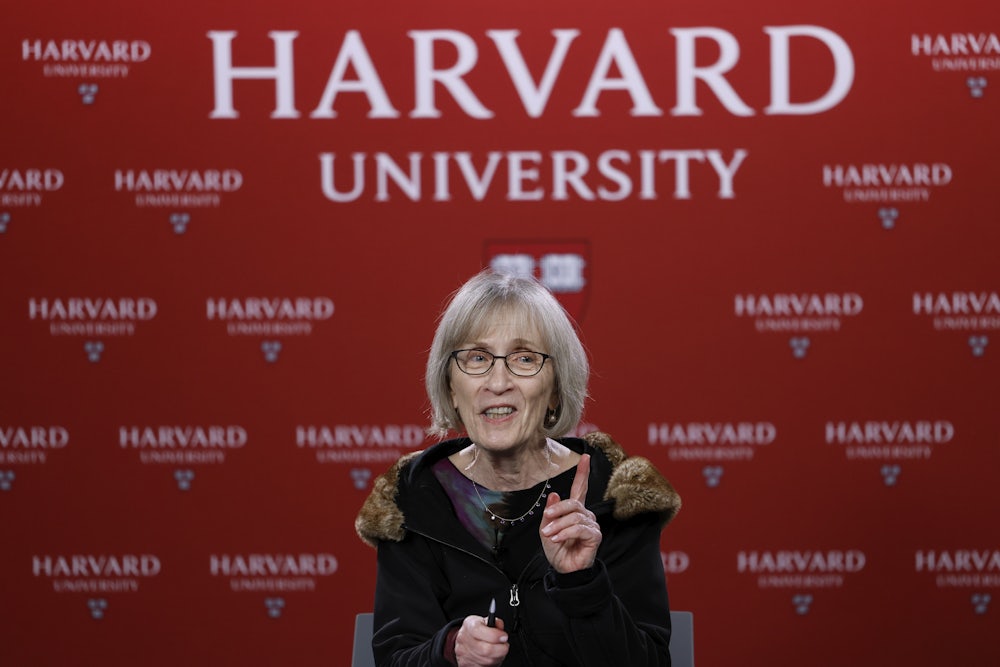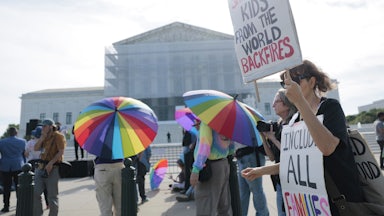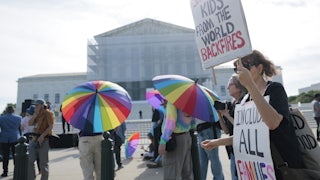The public values economists for being able to predict the future, which they can’t do. Nobody can. The economics profession values economists for being able to translate observable reality into elegant mathematical equations, which the rest of us don’t care two hoots about. Politicians value economists as arbiters of public policy questions that may or may not lend themselves to economic analysis. (To review the latter, see my October 2022 essay, “May God Save Us From Economists.”) Myself, I value economists mostly as historians. They interpret the recent or distant past with enviable clarity. Nobody does this better than Harvard’s Claudia Goldin, who last week won the Nobel Prize.
Goldin won for her brilliant work tracing women’s role in the labor market over 200 years, which informed her 2021 book, Career and Family: Women’s Century-Long Journey Toward Equity. That is her most significant legacy, but it says a lot about Goldin that for a long time I was unaware of it because I was too busy catching up with her corpus on income distribution in the United States.
A frustration we journalists often voice about social scientists is that they disdain the big picture. They burrow into a single subtopic, indifferent to the possibility that their piece of the puzzle might connect up with other pieces to answer a big fat question that the rest of us all wonder about. The big fat question I wondered about 13 years ago, first in a 2010 Slate series and later, with greater precision, in a 2012 book, was: “What factors caused incomes in the United States, which for half a century after the 1929 crash grew more equal, to reverse course around 1979 and for the next half-century grow more unequal?” I gradually came to realize that there was only one economist who’d considered this question from the necessary multiple angles, and that was Claudia Goldin. Goldin was the first economist cited in my Slate series, and she scored more citations than any other economist—more, even, than either Thomas Piketty or Emmanuel Saez, co-authors of a 2003 study on growing income share among the top 1 percent that inspired the Occupy movement (and merits a Nobel of its own). I don’t mean to suggest that winning the Timothy Noah Index Sweepstakes is any great distinction; merely that it’s an indicator of her ubiquity on a topic that isn’t even the one for which she won her Nobel.
Goldin never gathered her findings about income inequality together in a single book, as Piketty did with wealth inequality in Capital in the Twenty-First Century (2013), and as Goldin did with her work on women in the workplace. But there is scarcely an interesting question about income distribution during the nineteenth, twentieth, and twenty-first centuries on which Goldin has not broken ground.
Goldin was the lead author, with Robert Margo of Boston University, on a 1991 paper mapping the “Great Compression” of wages during the 1940s—that is, the trend toward growing wage equality—and how it unraveled in the 1970s, something of which the world was then only beginning to take note. To the limited extent economists of the 1990s considered income distribution at all, they concluded it was entirely market-driven. Goldin and Margo furnished a timely reminder that the Great Compression, far from just happening, was in large part the result of Franklin Roosevelt’s National War Labor Board and a rising minimum wage.
Another driver of the Great Compression was an increase in the number of college graduates that matched and occasionally exceeded rising demand for skilled labor, especially after passage of the G.I Bill in 1944 furnished free tuition to World War II veterans.
Goldin elaborated on this theme in The Race Between Education and Technology, which she published in 2010 with her husband, frequent collaborator, and fellow Harvard economist, Lawrence Katz. The book appeared at a time when a lot of policymakers were swooning over the economy’s presumed transformation by computers, but Goldin and Katz pointed out that computers were merely the latest in a series of technological advances that altered the industrial economy, and far from the most disruptive. That distinction belonged to the technological transformations wrought during the first three decades of the twentieth century: electrification, air travel, radio, motion pictures, synthetic plastics, transcontinental telephone service, various breakthroughs in agricultural science, and so on. These coincided with a little-remembered national movement outside major cities, starting around 1910, to make high school attendance mandatory, which in turn pushed up college attendance. The only thing different about computers, Goldin and Katz argued, was that by the time they came along the workforce had stopped boosting its education level to keep pace with technological advances. By the 1980s, the supply of college-educated workers was no longer keeping up with demand. That mismatch helped drive growth in income inequality.
Today we hear a lot of complaints that immigrants are taking jobs away from Americans. The general consensus among economists is that they are not, and that whatever effect immigration has on reducing wages (and thereby contributing to income inequality) is very small and limited to workers lacking a high school degree. That answer gets ignored by MAGA Republicans, which is exasperating. But it’s legitimate to wonder whether mass immigration in America has ever pushed down wages significantly. Goldin answered “yes” in a 1993 paper, “The Political Economy of Immigration Restriction in the United States, 1890 to 1921.” That period was the last during which immigration was as explosive a political issue as it is today. It was a time of nativist hysteria, when Congress was moved to impose severe immigration restrictions that would remain in place until 1965. Goldin deepened our understanding of that era by calculating that, at that time, a 1 percent increase in the foreign-born proportion of any given city’s population lowered wages for unskilled workers (a much larger proportion of the workforce than today) by 1 to 1.5 percent. For manufacturers of men’s clothing, a 1 percent increase in the foreign-born population could lower wages by as much as 3 percent. That hardly excuses the xenophobia and racism directed at Asians and Southern and Eastern Europeans, among other groups. But it does help clarify what was behind it.
I won’t dwell on Goldin’s career-defining work on women in the workforce, for which she won the Nobel, because it’s getting much-deserved recognition elsewhere. Suffice it to say that it’s full of the surprises regarding big questions that characterize the rest of her work. Among these is that women’s presence in the workforce starting in the late 1970s grew more slowly than in the 1930s, 1940s, and 1950s. Women working wasn’t new; women breaking out of jobs previously designated “women’s work” was the true revolution. Another revelation, from a 2006 study by Goldin, Katz, and Ilyana Kuziemko, is that girls were outperforming boys in high school, and by a lot, as far back as 1957. That more women than men today receive college and graduate degrees—not just in the United States but in many other countries as well—should not particularly surprise us. What should surprise us is that women did not start competing on a large scale with men in the professions until the 1970s.
(A big instigator of the change, according to a paper Goldin co-authored with Katz in 2002, was the Pill, which goes a long way toward explaining why Christian evangelicals got worked up about contraception long before they got worked up about abortion.)
One of the great economic riddles of the moment is whether, and how, workers will return to the office with the end of the Covid emergency. Their reluctance to do so has caught many people by surprise, and I’ve argued strongly that full-time remote work (as opposed to the hybrid model) doesn’t enhance worker power nearly so much as workers suppose. But it’s undeniably true that women who care for children at home benefit from the greater flexibility that the availability of remote work has introduced to a workforce that’s still dominated, at its upper levels, by men. In a prescient 2014 essay, Goldin described workplace flexibility as the final obstacle to workplace equality between men and women: “the number of hours to be worked and also the particular hours worked, being ‘on call,’ providing ‘face time,’ being around for clients, group meetings, and the like.” Flexibility, Goldin wrote, “is not just a woman’s issue. Many workers will benefit from greater flexibility.” And so they have with the change in work patterns brought about by the Covid pandemic.
I said the public shouldn’t judge economists by their ability to predict the future. But it turns out Claudia Goldin isn’t bad at that part of the job, either.










